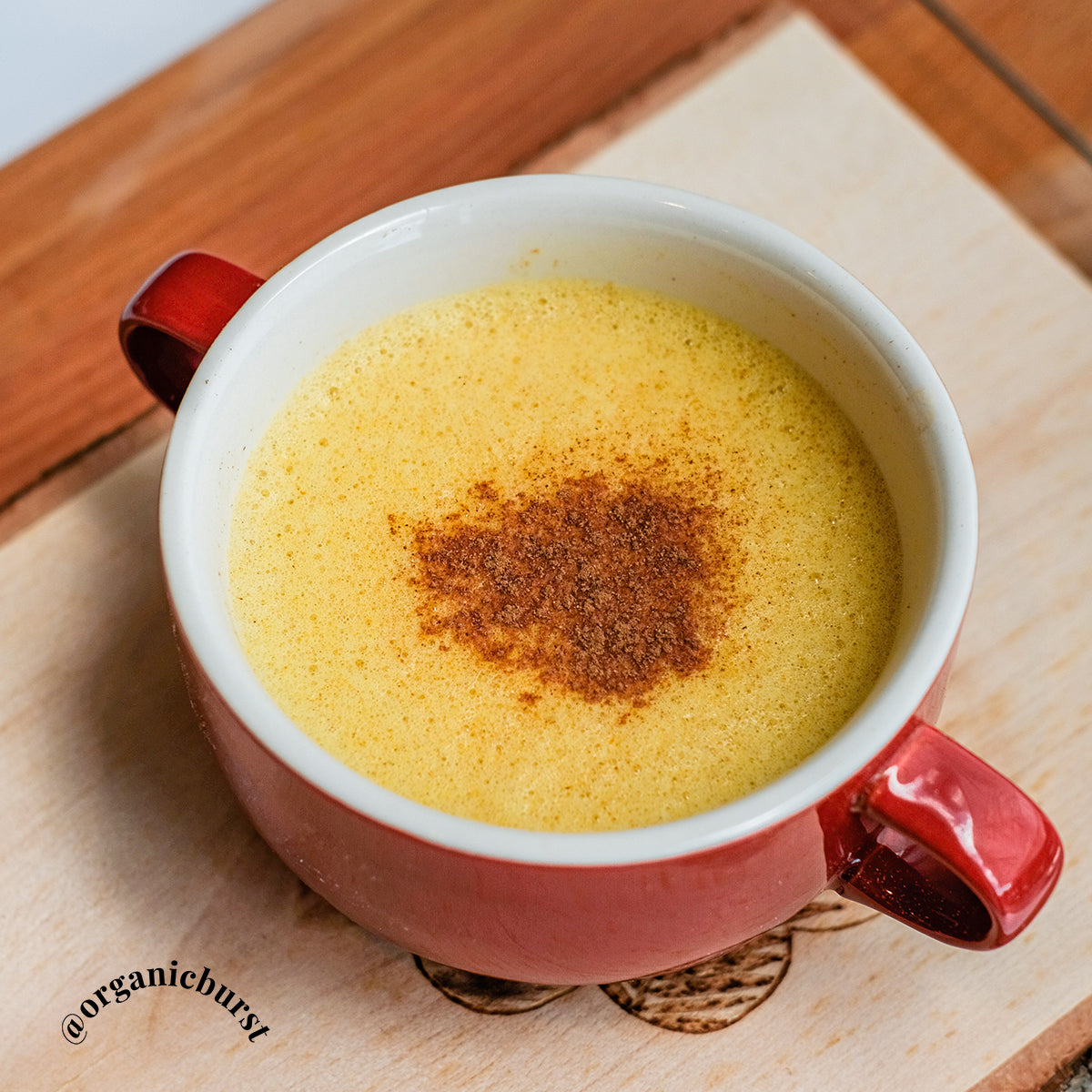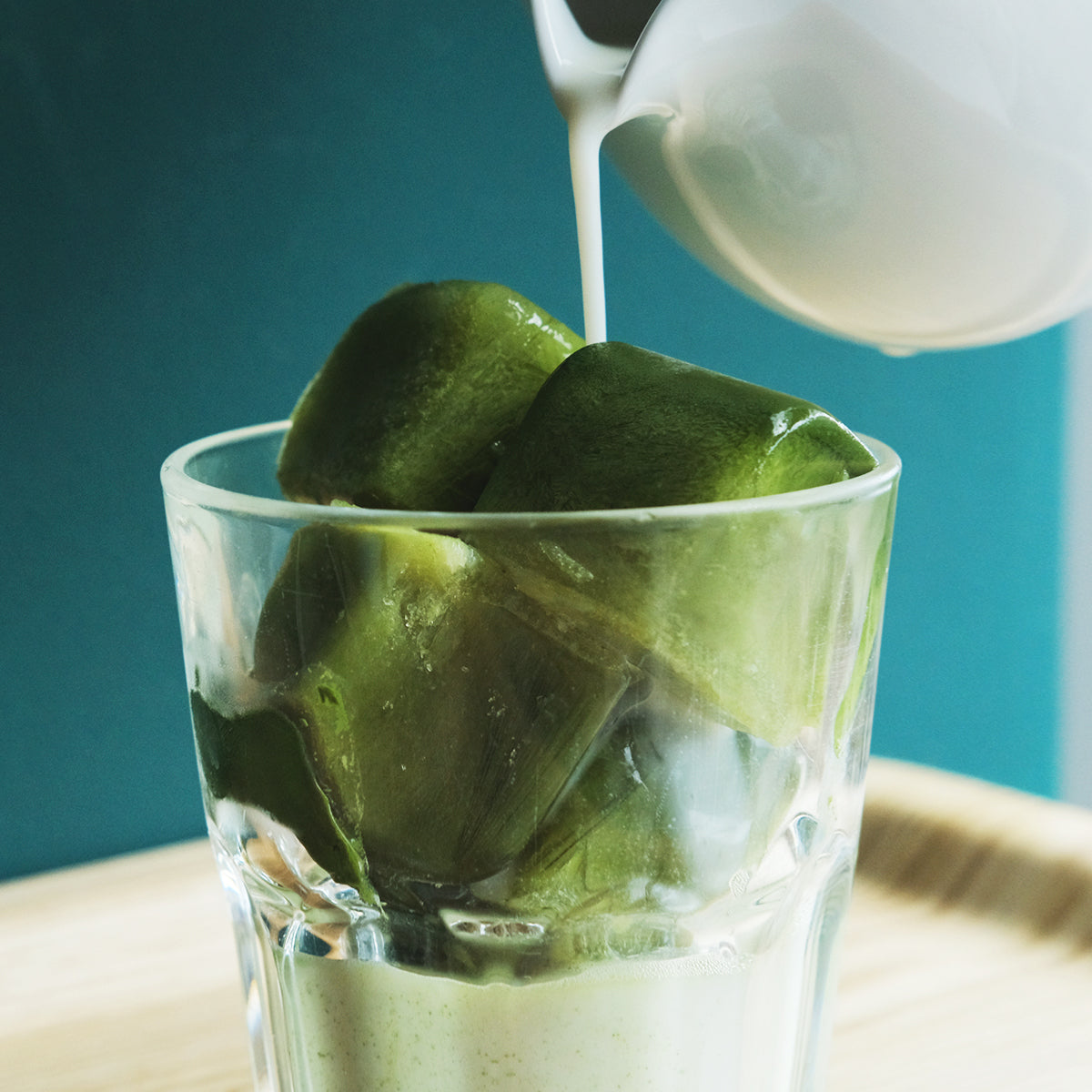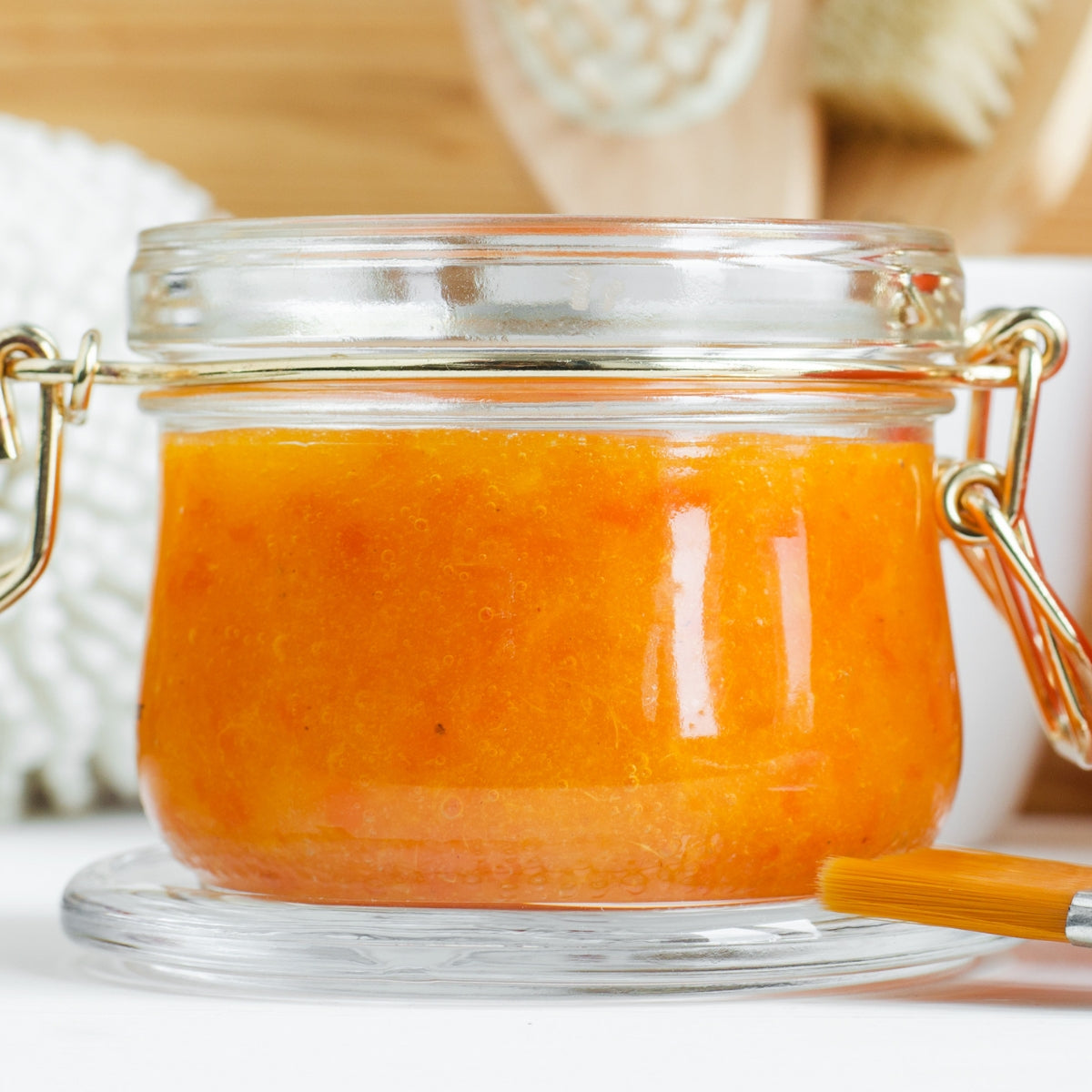In Part 1 of this series we interviewed a leading researcher about the strong link between bras and breast cancer - an author and Director of the Institute for the Study of Culturogenic Disease Sydney Ross Singer. To recap:
- Numerous independent studies, including an alarming new study in Brazil from 2016 have linked wearing a bra to breast cancer.
- Sydney’s wife Soma had a life-altering experience getting a lump in her breast, which went away after she ditched her bra.
- Together they have spent the next 20 years researching this topic, conducting their own research study with the conclusion that bra-free women have about the same incidence of breast cancer as men.
- He also discovered that populations where women don’t wear a bra have virtually no breast cancer with firm and healthy breasts.

After posting Part 1 of this interview we’ve had an incredible response from you folks! Some of you said you already don’t wear a bra and feel amazing, whereas others committed to giving it up! We received many questions on what you should do now - how you can go without the bra - especially if you have large breasts or go to the gym.
Thankfully Sydney addresses all your questions in this second part of the series.
So, read this post to find out:
- Whether some bras are safer to wear than others - what we should choose and what to avoid
- Is there a safe number of hours per day we can wear a bra without causing harm
- What should women with larger breast size do
- How to undo any potential damage we might have done by wearing a bra
HERE WE GO
C&J: Is there a safe number of hours one can wear a bra per day without causing negative health effects?
Sydney: It's a matter of both time and tightness. If a bra does not leave red marks or indentations in the skin, then it is not too tight and could probably be worn for less than 12 hours daily without too much problem.
Never sleep in a bra…
And try being bra-free for a week or two to give your breasts a chance to recover from past constriction and get a feeling of what unconstricted breasts feel like.
Also, after removing the bra you could benefit from a breast massage to relieve any congestion.
But keep in mind that bra-free is best. Nature did not make the female breast to require 20th Century lingerie for support. It's a harmful fashion, and avoiding it will improve breast tone and health.
After removing the bra do a breast massage to relieve tension and any congestion.
C&J: Are some bras better than others? What should we be choosing?
Sydney:
- Since the bra is worn closely to the skin, avoid bras with toxic fabric.
- Elastic in bras can break down into harmful chemicals and get into the skin.
- Make sure the bra is not shaping the breast, since shaping applies harmful pressure to the lymphatic vessels.
- This means avoid push-up bras, underwired bras, and other body shaping bras.
- Even sports bras can be too tight and should not be worn for too long.
Ask yourself why you are choosing to buy a bra in the first place, since bra-free is healthier and is now fashionable and acceptable.
C&J: You mentioned avoiding bras with “toxic fabric”, could you give some more explanation as to what that may be?
Sydney: There are fabrics that are toxic because of their components, and there are fabrics that are made toxic by what is added to them.
Synthetic fabrics, such as nylon and polyester, are polymers made in the laboratory and can break down into their toxic building blocks.
The elastic in bras, for example, is a polymer that breaks down into 1,3 butadiene: a carcinogen.
I would recommend natural fibers, such as cotton, bamboo, or silk.
Then there are the toxins put into the fabric, such as formaldehyde to prevent shrinkage, detergents, fabric softeners, petrochemical dyes.
Since the bra is worn so close to the skin, sweat mixes with the chemicals in the bra and can result in absorption of chemicals into the skin. (Sweat and bacteria also build up in the bra over time.)
Sweat mixes with the chemicals in the bra and can result in absorption of chemicals into the skin.
C&J: We’d like to address the question of our readers: “what alternatives do we as women have to wearing a bra?” Some of our readers also mentioned they weren’t happy enough with the size and shape of their breasts to reveal them. Also it may be uncomfortable to go bra-less.
Sydney: In the past women were shamed into wearing tight, uncomfortable, harmful corsets to be acceptable in public. Today, it's the bra. Women need to oppose these harmful fashions.
In the past women were shamed into wearing harmful corsets to be accepted in public. Today it's the bra
Also, it is not uncomfortable to be bra-free, unless your breasts are already accustomed to bras and rely on them for support.
Even large breasted women are fine without a bra, as we have seen in bra-free cultures.
The discomfort when you take off the bra (if there is any) is because the breasts are heavy with lymph fluid and the suspensory ligaments are weak from the bra. This goes away after being bra-free for several weeks.
You can dress in a way to de-accentuate your bustline if you are self conscious, using vests or blouses with pockets.
Try using a snug, but not tight, t-shirt.
But most importantly, stop allowing the culture to devalue you for your breast shape. That's oppression, and only when women say no to that oppression will we have an end to the breast cancer epidemic.
Stop allowing the culture to devalue you for your breast shape
C&J: What should women with larger breast size do?
Sydney: Breast size has nothing to do with the need to wear bras. There is no need for bras.
But when large breasted women wear bras, it shifts the weight of the breasts to the shoulders, resulting in deep grooves which cause nerve damage down the arms, headaches, backaches, and hunched shoulders.
We have met many large breasted women who never wore bras, and their breasts are firm and healthy.
While in Fiji we asked some bra-free large breasted women why they did not wear bras. Their reply was that bras felt too tight. They blamed the bras, not their breasts. These women had healthy breasts. Alternatively, in the US, large breasted women say they need a bra for support, blaming their breasts for being too big. In these US women’s breast disease is so common that doctors say fibrocystic breast disease is normal.
Over the years, I have done hundreds of radio shows on this topic, and often women will call in and confirm that they are large breasted, never wore a bra, and their breasts are healthy and firm.
C&J: How do we undo the damage done to our health by wearing bras daily?
Sydney:
- First, stop wearing a bra.
- Massage the breasts to relieve tissue tension and congestion.
- When exercising, allow the breasts to bounce and move freely, as this helps the lymphatics flush out fluid.
- Expect some adjustment time, since your body needs to adjust to being natural again.
- Clean up your diet to avoid chemical contamination from pesticides and herbicides, drink pure water, and breathe fresh, unpolluted air.
- Finally, love yourself and accept your body. Don't buy into the body shaming that the fashion industry is selling.
When exercising, allow the breasts to bounce and move freely - this helps the lymphatics flush out fluid
C&J: How can our readers learn more on this topic?
Sydney: You can read our book, Dressed to Kill: The Link Between Breast Cancer and Bras, available as an eBook or hard copy through Amazon.com.
You can also learn more by just doing your own “self study” and go bra-free. Your body will tell you everything you really need to know.
If you feel better after one month being bra-free, then your bra was harming your breasts.
C&J: Thank you so much Sydney for this eye-opening interview! To all our readers who have read this and especially to those who are giving up their bras – well done for being open-minded. Trust us, it’s very empowering to go bra-less (we have - after having thoroughly researched the topic!)
And if you wish to detox starting now – try adding a portion of chlorophyll-rich greens to every meal, cilantro, take clean chlorella daily, eat organic berries, drink lots of spring water out of glass (we keep ours it chilled in the fridge) and get grounded. Your breasts will love you!
Sydney Ross Singer's Bio
Sydney Ross Singer is an author of numerous books and a pioneer of applied medical anthropology. He is the Director of the Institute for the Study of Culturogenic Disease. His background is in medicine, biology, biochemistry, anthropology and medical humanities. His education includes the University of Utah, Duke University and UTMB at Galveston.
Integrating his broad education helped Sydney develop the field of applied medical anthropology, where he examines the cultural causes of disease.
In addition to the bra-cancer link, he has made other discoveries of culturogenic diseases, such as the link between sleep position and various disease, including migraines, sleep apnea, glaucoma, stroke, Alzheimer’s, and more.
Sydney is assisted by his wife, Soma Grismaijer. Soma has a BA in environmental management and was a certified optician. Together they direct the Institute and its parent organization, the Good Shepherd Foundation, which is dedicated to human, animal, and environmental health.














